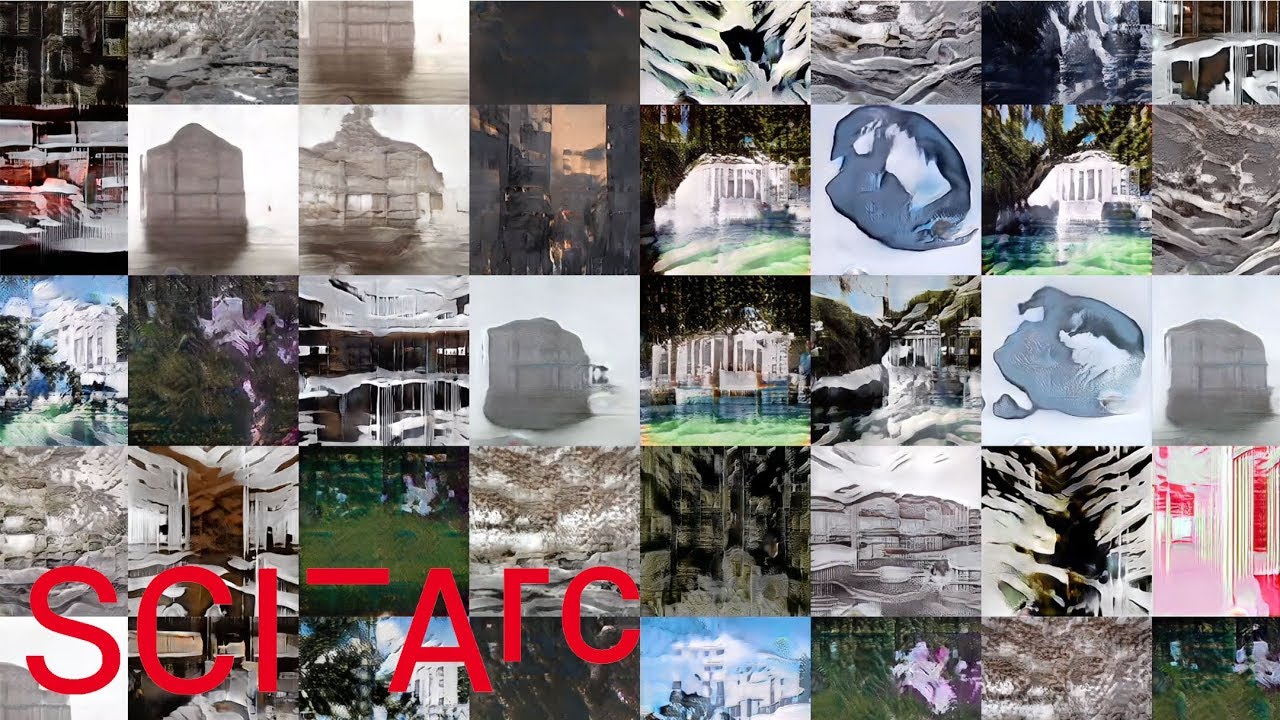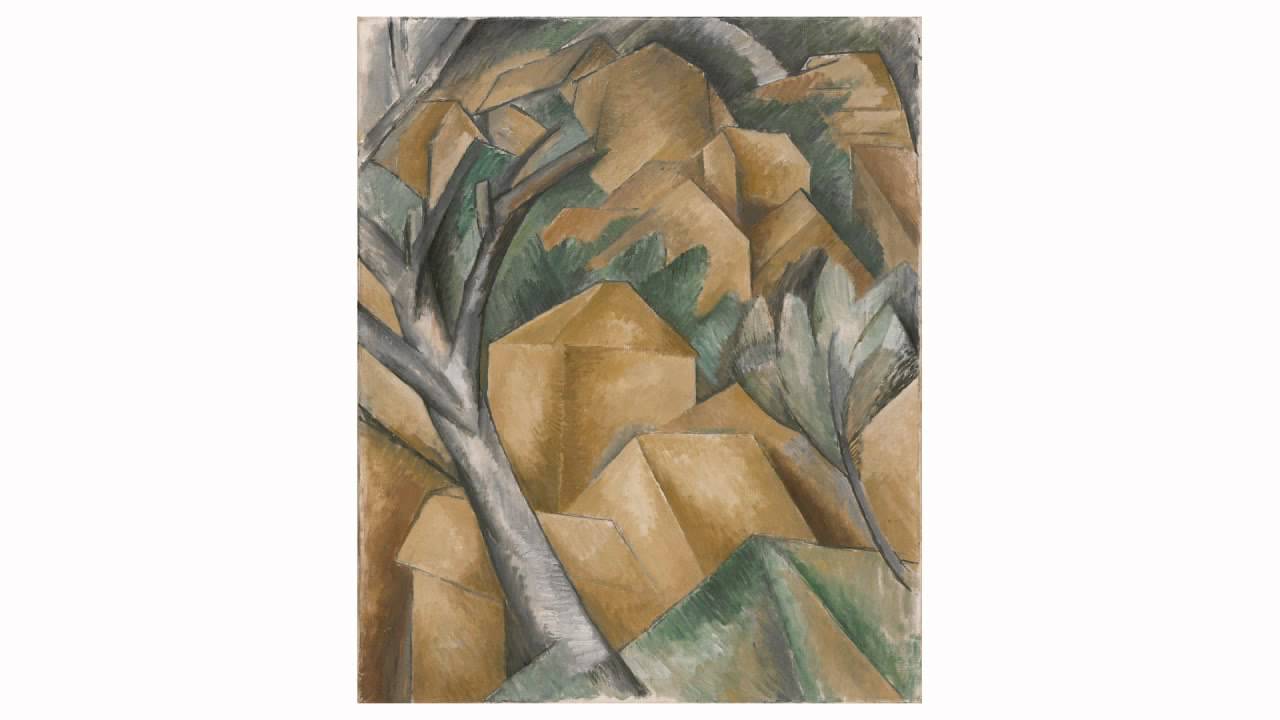SCI-Arc Channel
SCI-Arc’s EDGE MS Architectural Technologies Coordinator M. Casey Rehm presents the program’s approach to advanced technologies and discusses their near-future cultural impacts.
The Master of Science in Architectural Technologies is a one-year program that provides hands-on experience with cutting-edge technologies of architectural production as well as a robust conceptual and critical framework. The Architectural Technologies program is organized as a year-long design and technology laboratory leading to a final degree project. The three-semester sequence affords students the exposure to a select group of SCI-Arc faculty including program coordinator M. Casey Rehm, Damjan Jovanovic, Soomeen Hahm, Postgraduate Programs Chair David Ruy, Peter Testa, and Marcelo Spina, among others.
The core of each semester is the design studio, wherein students develop their own project. The studio is supported each semester by a design lab, a platform for technical research including areas such as machine vision, digital automation, material computation, robotic manufacturing, as well as synthetic ecologies, recursive tectonics, and aesthetics. Visual, applied, and history and theory elective seminars complement the Architectural Technologies curriculum and affords students with choices to personalize their field of interest. Over the year-long program, Architectural Technologies students work with some of the most progressive architects, designers, and theorists in the field, to inventively speculate about the near future of architecture in the form of specific projects, sophisticated prototypes, complex tectonic and material systems, and aesthetic objects.
The Architectural Technologies program also prepares students for an entrepreneurial approach to architectural thinking and practice. Recent graduates have pursued various professional paths ranging from new careers in allied fields such as media, product design, and robotics; to the development of distinct independent practices or a focus on academic and scholarly research.
Source



